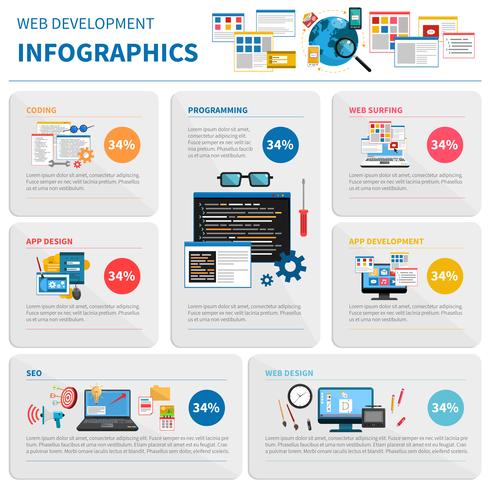Site Layout Basics: Tips For Structure A User-Friendly Site
Site Layout Basics: Tips For Structure A User-Friendly Site
Blog Article
Created By-Le Thrane
When it comes to internet site style, guaranteeing user-friendliness is vital. From receptive style to structured navigation, every element plays a critical function in creating a site that caters to your audience's requirements. Yet what concerning the finer information that can make or damage a customer's browsing experience? Remain tuned as seo for it companies discover some often-overlooked ideas that can raise your internet site's functionality to the following degree, making it truly stand out in the electronic landscape.
Relevance of Responsive Layout
Responsive layout is a critical aspect of modern site development. Ensuring your internet site is receptive ways that it can adjust to various screen dimensions and tools, giving a smooth experience for users.
With the enhancing use of smart devices and tablet computers to access the net, having a receptive style is essential for getting to a bigger target market. It helps in enhancing customer experience by making your website simple to browse and keep reading any type of gadget.
Furthermore, responsive style can favorably influence your online search engine rankings, as search engines like Google prioritize mobile-friendly websites. By having a receptive style, you're likewise future-proofing your site, as new gadgets with differing screen sizes remain to arise.
Simplify Navigation Framework
To boost individual experience and promote simple accessibility to info on your web site, simplifying the navigating framework is extremely important. When developing your site, focus on producing a clear and instinctive navigating menu that aids visitors find what they're searching for swiftly.
Limit the variety of food selection things to the fundamentals, organizing related web pages together to prevent overwhelming individuals. Use click here now that clearly indicate the content of each page, making it less complicated for users to recognize where each web link will certainly take them.
Think about executing dropdown food selections for subcategories to stop jumbling the primary navigating bar. In addition, consist of a search bar plainly on the web page for individuals that favor searching for certain information.
Focus on mobile responsiveness in your navigating design to make certain simple gain access to on all devices.
Enhance Web Page Tons Speed
Improving web page tons speed is vital for retaining visitors on your web site. Slow-loading pages annoy customers and can result in high bounce rates. To optimize page load speed, start by maximizing photos. Compress images without jeopardizing quality to minimize their file dimensions.
In addition, make it possible for internet browser caching to keep frequently accessed sources in your area, speeding up tons times for returning site visitors. Minify CSS, JavaScript, and HTML files by eliminating unneeded characters, comments, and format, improving load speed.
Consider making use of a web content distribution network (CDN) to distribute your site's content across multiple servers worldwide, minimizing latency for customers accessing your site from different locations. Lastly, limit using third-party scripts and plugins, as they can dramatically affect load times.
Conclusion
Finally, by integrating receptive style, simplifying navigation, and optimizing page tons speed, you can produce a straightforward web site that appeals to a broader audience and enhances individual experience. These essential elements make sure that visitors can easily access and browse your site throughout different tools, leading to boosted engagement and complete satisfaction. By concentrating on these crucial facets, you can construct a successful site that keeps customers coming back for even more.
